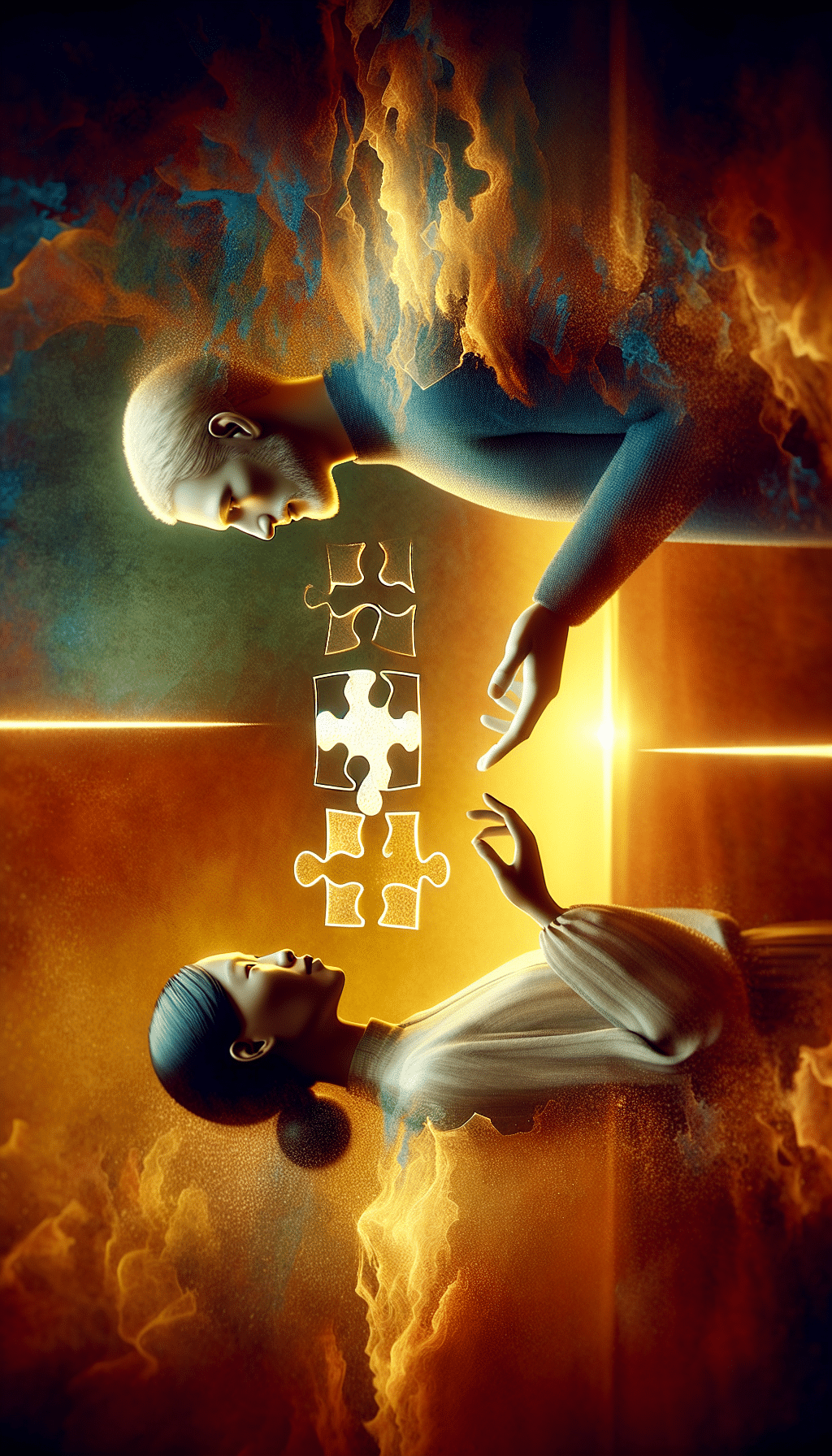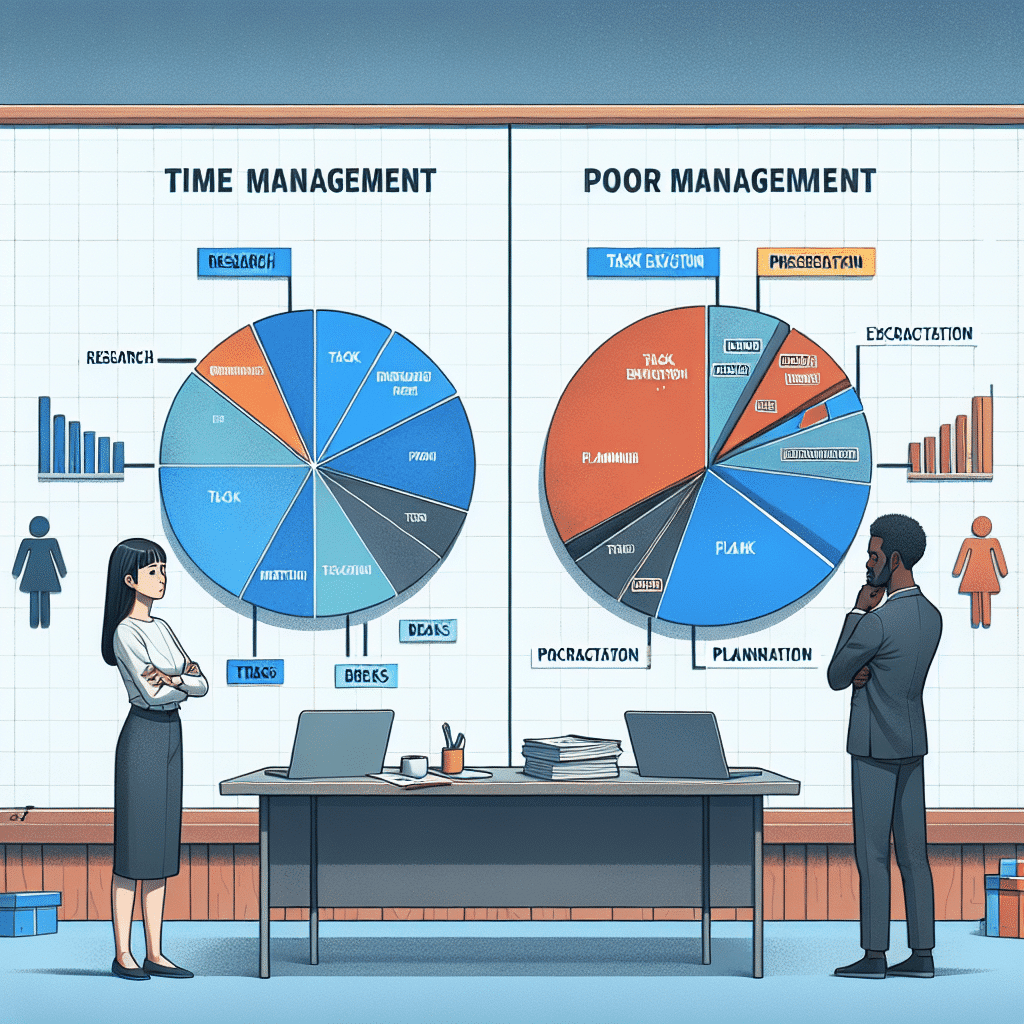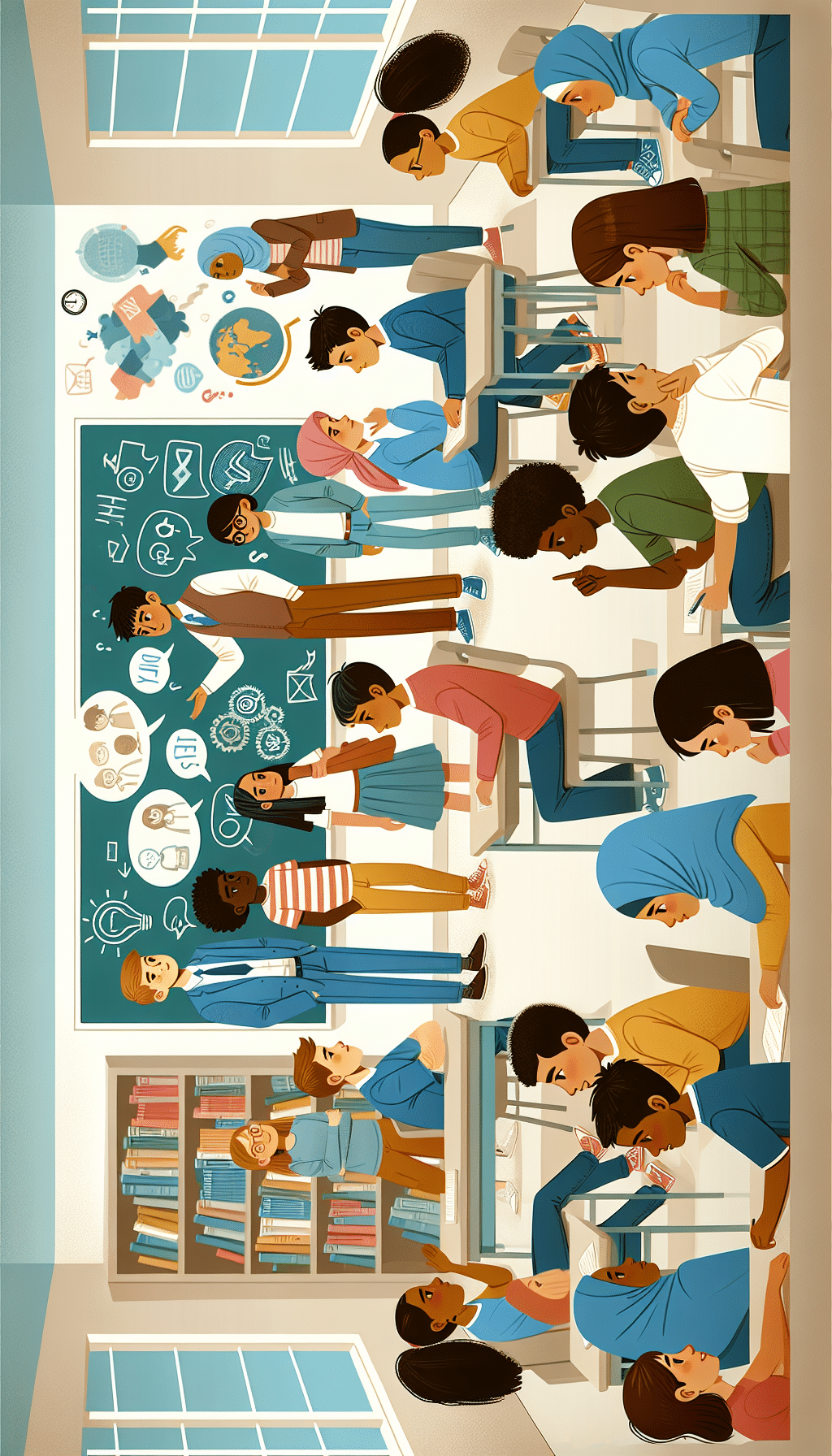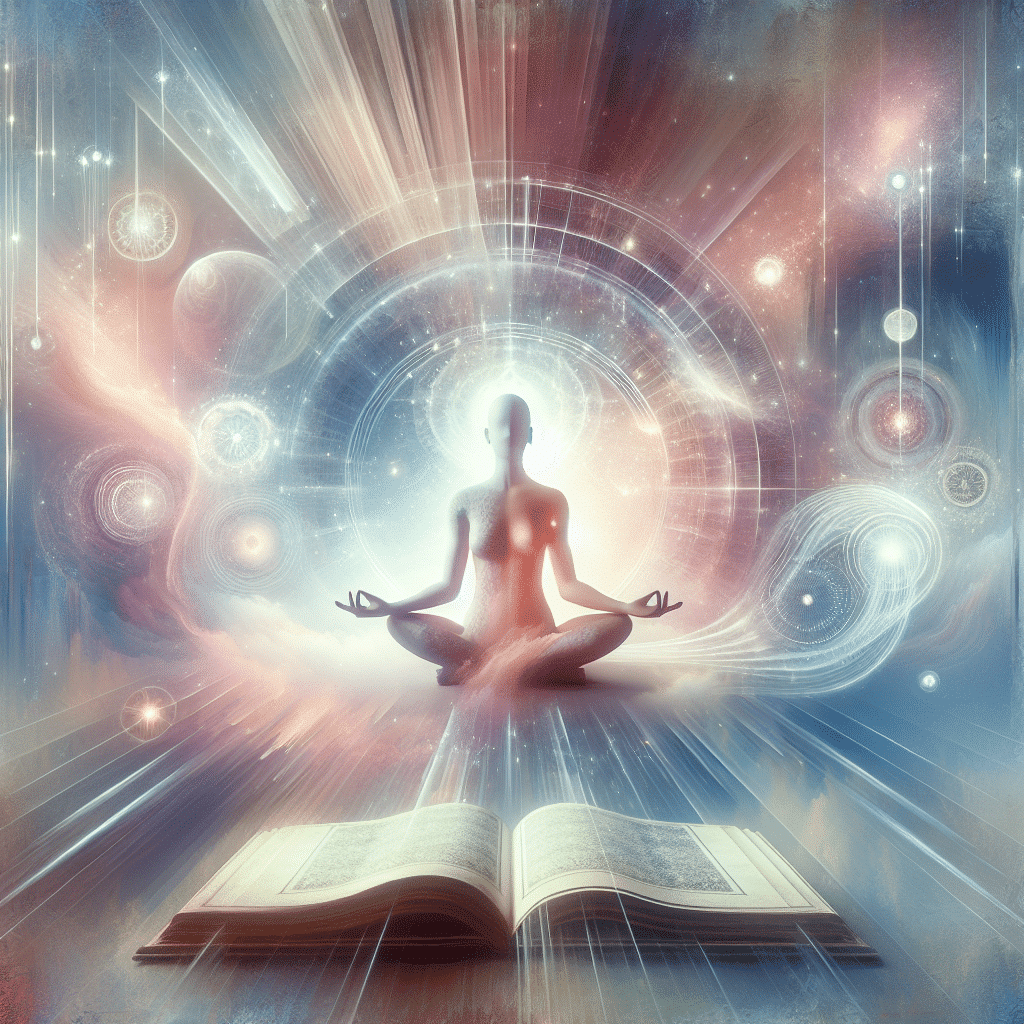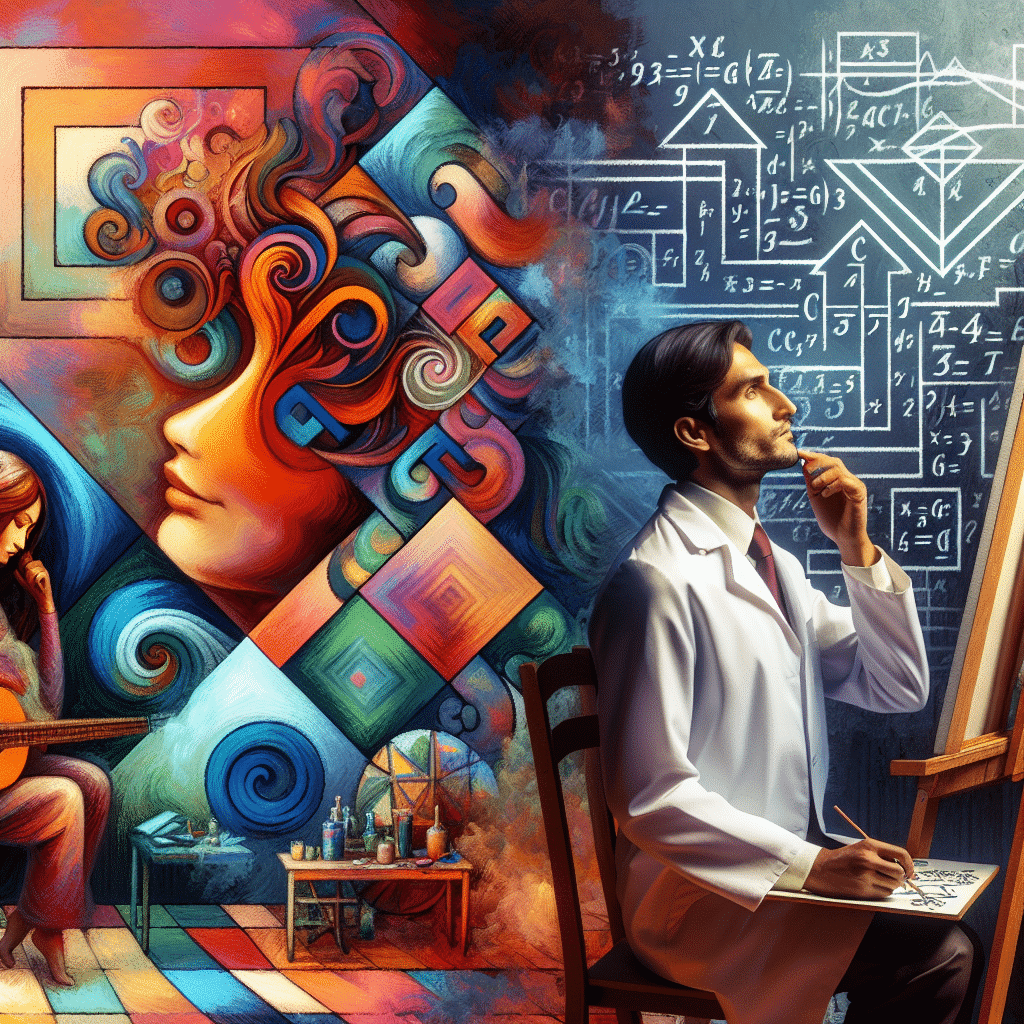
Discover how the visual arts can enhance your problem-solving skills and ignite your creativity. In this blog post, we explore the powerful connection between visual arts and problem-solving, uncovering the ways in which art can provide fresh perspectives, encourage innovative thinking, and unlock creative solutions. From the initial problem identification to the analysis of visual elements and the utilization of art as a solution, we delve into the practical applications of incorporating visual arts into problem-solving processes. Join us on this journey of visual exploration and discover the transformative impact that the visual arts can have on your problem-solving abilities.
1. Creative Problem Solving
In today’s fast-paced and complex world, problem-solving skills are highly valued. Whether it’s in the workplace, personal life, or creative endeavors, our ability to overcome challenges and find innovative solutions is crucial. One powerful approach to problem-solving is through the visual arts. Visual arts, including painting, sculpture, photography, and design, offer unique perspectives and methods that can be applied to problem-solving processes.
At its core, creative problem solving involves thinking outside the box, exploring multiple possibilities, and approaching challenges from different angles. It taps into our creativity and allows us to break free from conventional thinking patterns. By engaging with the visual arts, we can unlock our imagination and tap into our inherent creative potential.
The visual arts offer a range of techniques and processes that can be directly applied to problem-solving situations. Artists often face complex issues, and they approach them not only with technical skills but also with innovative thinking and a keen sense of observation. This allows them to tackle problems with fresh perspectives and explore new solutions.
By incorporating visual arts into our problem-solving processes, we can benefit from:
- Divergent thinking: The visual arts encourage us to explore multiple possibilities and consider different viewpoints. This helps us think more creatively and open-mindedly, fostering a broader range of ideas and potential solutions.
- Visual exploration: Engaging with visual arts involves observing and analyzing visual elements such as color, composition, and form. This enhanced perception can help us identify patterns, relationships, and connections that may not be immediately apparent.
- Embracing experimentation: The visual arts are known for their experimental nature, where artists explore new techniques, materials, and approaches. Embracing experimentation in problem-solving allows us to step outside our comfort zones and try alternative solutions that we may not have considered before.
In essence, incorporating the visual arts into problem-solving processes encourages us to think critically and creatively, enabling us to approach challenges with fresh perspectives and alternative solutions. By tapping into our creativity and embracing visual exploration, we can enhance our problem-solving skills and discover innovative ways to overcome obstacles.
2. Problem Identification
One of the first steps in problem-solving is identifying the problem itself. This is where the visual arts can play a significant role by helping us gain a deeper understanding of the challenges we face. Through visual analysis and observation, we can uncover underlying issues, identify patterns, and explore different perspectives.
Visual arts can provide a unique way of looking at problems and situations. By engaging with art forms, such as paintings, sculptures, or photographs, we can immerse ourselves in various visual cues and symbols that reflect different aspects of the problem at hand. This process can be particularly helpful in identifying subtleties and complexities that might otherwise go unnoticed.
When working with visual arts to identify a problem, it’s important to take a curious and open-minded approach. The goal is to use the visual elements and symbolism presented in the artwork to gain insights and generate new ideas. This can involve analyzing the colors, shapes, composition, and other visual elements and considering how they relate to our own situation.
By engaging our senses and emotions, we can tap into the deeper layers of our understanding and gain new perspectives on the problem. For example, a painting might evoke certain emotions or remind us of personal experiences, which can lead to valuable insights and connections to the problem at hand.
Visual arts also allow us to explore different viewpoints and challenge our assumptions. Artists often present unique perspectives and interpretations of the world, inviting us to question our preconceived notions and consider alternative viewpoints. This can be particularly useful in problem-solving, as it encourages us to approach problems with an open mind and consider different angles and possibilities.
Overall, the visual arts can enhance our ability to identify problems by offering a different lens through which to view and understand them. By immersing ourselves in visual stimuli and engaging with different art forms, we can dig deeper, uncover hidden aspects, and gain fresh insights into the problems we need to solve.
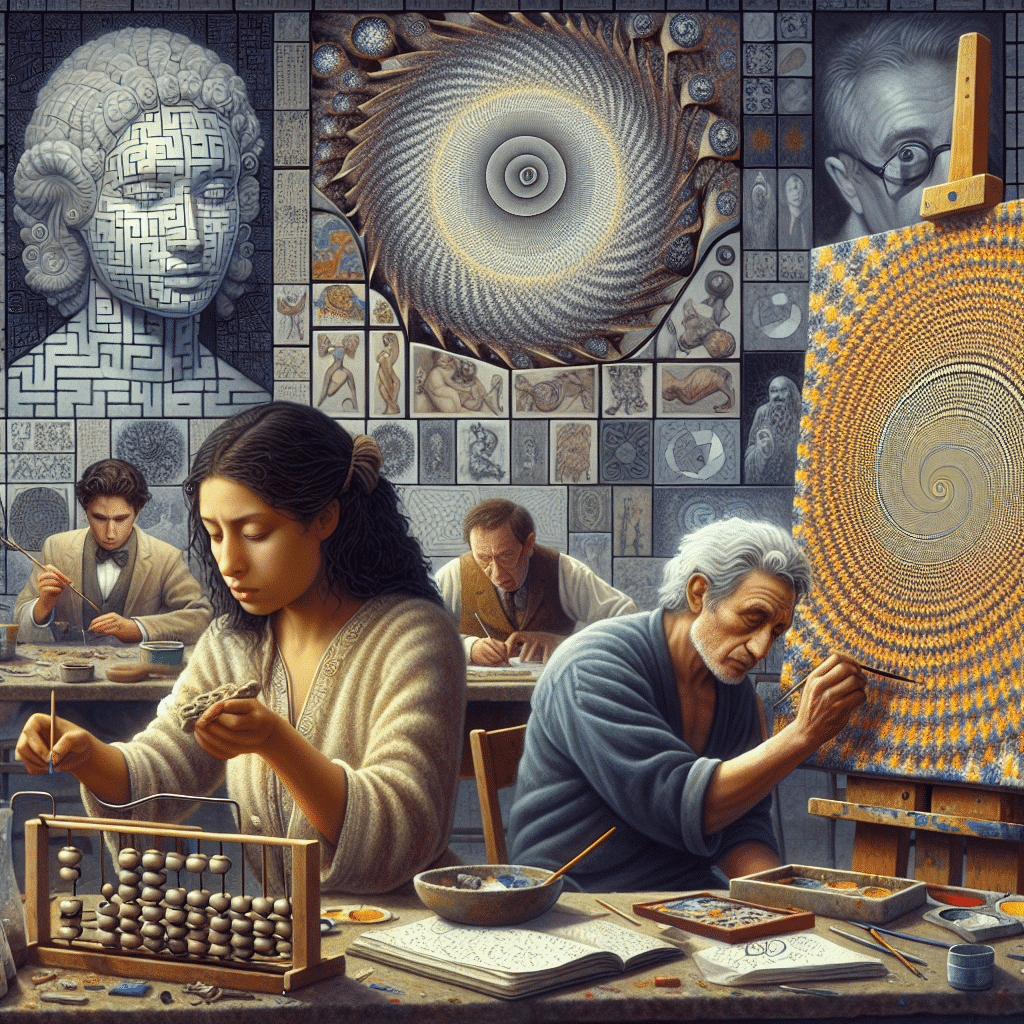
3. Visual Arts Analysis
Once the problem has been identified, the next step in the problem-solving process is to conduct a thorough analysis. This is where the visual arts can provide valuable tools and methods for examining the problem from different angles and gaining deeper insights.
Visual arts analysis involves carefully studying and interpreting the visual elements and symbolism within artwork to extract relevant information and meaning. It allows us to dive deeper into the visual cues presented in the artwork and make connections to our problem or situation.
One method of visual arts analysis is visual brainstorming. This involves using visual prompts, such as paintings or photographs, as starting points for generating ideas and exploring potential solutions. By studying the artwork and allowing our thoughts to wander freely, we can uncover new perspectives and possibilities for solving the problem.
Another approach is visual mapping, where we visually represent the problem and its various components using diagrams, charts, or sketches. This technique can help us visualize the relationships between different elements of the problem and identify potential patterns or connections that may have been overlooked. Visual mapping allows us to see the problem from a bird’s-eye view, enabling us to better understand the complexities and interdependencies involved.
Furthermore, visual arts analysis can help us tap into our intuition and emotional intelligence. By engaging with artwork, we can access subconscious thoughts and feelings that may provide valuable insights into the problem. The visual elements and symbolism within the artwork can evoke emotions and trigger associations, allowing us to form a deeper connection with the problem and gain a more holistic understanding.
Ultimately, the process of visual arts analysis enhances our problem-solving abilities by encouraging us to think beyond conventional approaches and consider alternative perspectives. It sparks creativity and allows us to tap into our imagination, leading to innovative solutions that we may not have otherwise considered.
By integrating visual arts analysis into the problem-solving process, we can unlock new insights, break through mental barriers, and approach problems with a fresh perspective. The visual arts provide us with a unique and powerful tool for understanding and addressing complex problems in our personal and professional lives.
4. Art as a Solution
Art has the power to transcend language and communicate ideas and emotions on a deeper level. It enables us to express complex thoughts and feelings that may be difficult to put into words. In the context of problem-solving, art can serve as a solution in several ways.
One way art can be a solution is through the creation of visual representations or prototypes. By using different art mediums, such as drawings, sculptures, or digital designs, we can translate our ideas into a tangible form. This can help us visualize potential solutions and communicate them to others more effectively. Visualizing solutions in this way also allows us to identify any potential flaws or challenges and make necessary adjustments before implementing the solution.
Another way art can be a solution is by providing a creative outlet for problem-solving. Engaging in artistic activities, such as painting, writing, or playing a musical instrument, can help us tap into our creative thinking and explore new perspectives. The act of creating art encourages divergent thinking, which is essential for generating innovative and unconventional solutions to problems.
Additionally, art can foster collaboration and collective problem-solving. Group art projects or community art initiatives allow individuals to come together and work towards a common goal. This collaborative process encourages diverse perspectives and collective intelligence, leading to more comprehensive and effective solutions. The shared experience of creating art can also promote a sense of unity and strengthen interpersonal relationships, which can further enhance problem-solving efforts.
Art also has the ability to inspire and provoke new ideas. By experiencing various forms of art, such as visiting art exhibitions, attending performances, or reading literature, we expose ourselves to different concepts, perspectives, and narratives. This exposure broadens our intellectual and creative horizons, enabling us to think outside the box and approach problem-solving from unique angles.
Incorporating art as a solution in problem-solving processes allows for a more holistic and innovative approach. The use of visual representations, engagement in artistic activities, collaboration, and exposure to different forms of art all contribute to expanding our creativity and enhancing our problem-solving skills.
By embracing art as a solution, we unlock new possibilities and cultivate a mindset that embraces creativity, diversity, and open-mindedness, ultimately leading to more effective and impactful problem-solving outcomes.
5. Creative Problem Solving in Action
To demonstrate the power of incorporating art into problem-solving, let’s explore a real-life example of how visual arts can be used as a solution.
Imagine a team working on designing a new product for a company. They have brainstormed ideas and conducted extensive market research, but they are struggling to visualize the final product and communicate their ideas effectively. To overcome this challenge, they decide to bring in an artist to create visual representations of their product concepts.
The artist collaborates with the team to understand their vision and uses their artistic skills to create detailed drawings and digital renderings of the product. These visual representations not only help the team visualize the product more clearly, but they also serve as a powerful tool for communicating the ideas to stakeholders, such as investors and potential customers.
As the project progresses, the team encounters unforeseen obstacles that require innovative problem-solving. They turn to artistic activities, such as improv sessions or collaborative art projects, to unlock their creative thinking and generate new solutions. By engaging in these activities, team members are encouraged to think outside the box, explore unconventional ideas, and challenge conventional wisdom.
Through their creative problem-solving approach, the team develops a groundbreaking product that meets the needs of their target market and exceeds expectations. The incorporation of visual arts and artistic activities not only facilitated the problem-solving process but also fostered a collaborative and innovative team dynamic.
This example illustrates how the integration of visual arts and creative problem-solving techniques can lead to innovative and effective solutions. By combining the analytical and logical processes of problem-solving with the expressive and imaginative nature of visual arts, individuals and teams can approach problem-solving in a more holistic and holistic and innovative way, resulting in more successful outcomes.
By harnessing the power of visual arts and creative problem-solving techniques, individuals can unlock their creativity, think outside the box, and find unique solutions to complex problems. Whether it’s in business, education, or personal life, the integration of art and problem-solving can lead to greater innovation, growth, and success.
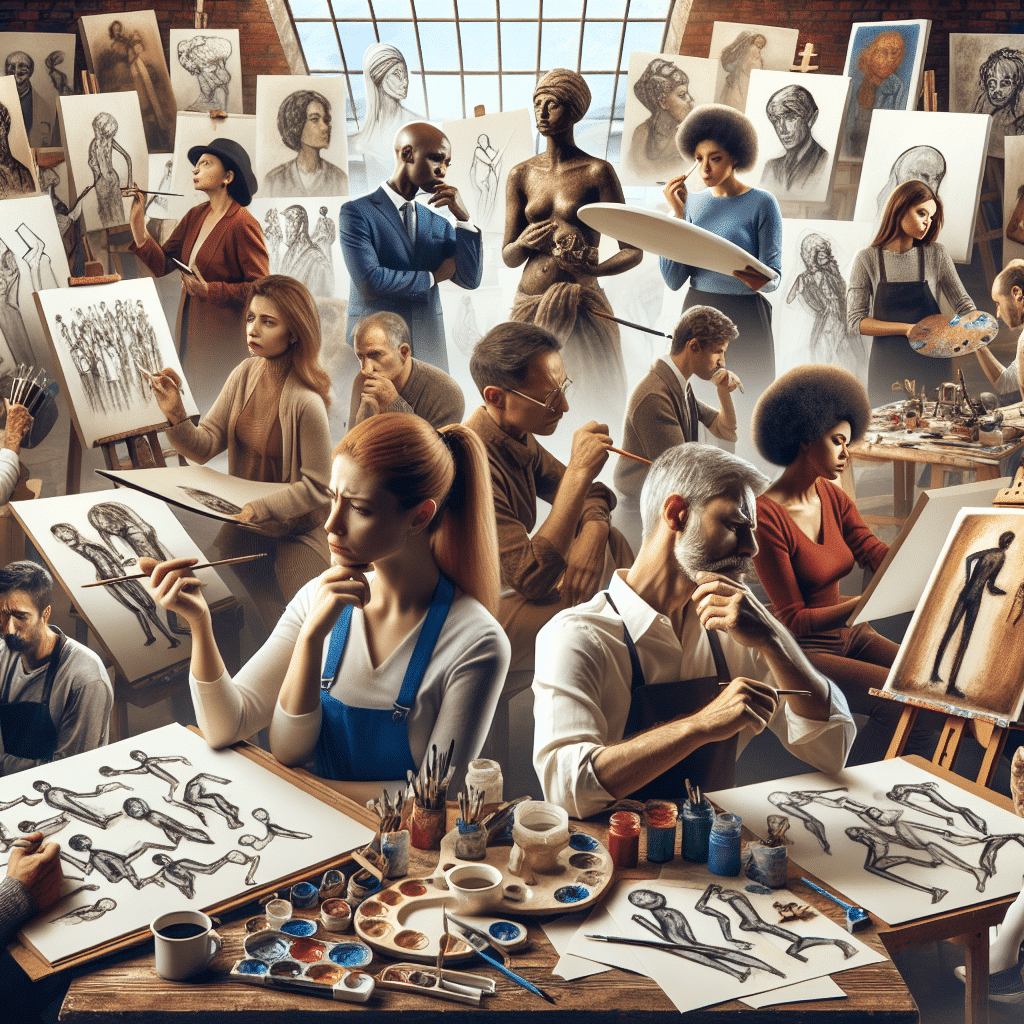
Conclusion: Harnessing the Power of Visual Arts for Creative Problem-Solving
Incorporating visual arts into problem-solving processes can have a transformative impact. The ability of art to engage our senses and imagination allows us to approach problems from new perspectives and tap into our creative potential. By integrating visual arts and creative problem-solving techniques, individuals and teams can unlock their creativity, challenge traditional thinking, and find innovative solutions.
Artistic activities, such as drawing, painting, and improvisation, can stimulate creativity, foster collaboration, and encourage out-of-the-box thinking. The visual representations created through art can help us communicate ideas effectively, visualize concepts, and gain insights that may otherwise be challenging to grasp. Moreover, the artistic process teaches valuable skills, such as adaptability, resilience, and open-mindedness, which are critical in problem-solving.
Whether in professional contexts, educational settings, or personal life, harnessing the power of visual arts for creative problem-solving is a valuable skill. By embracing the integration of art and problem-solving, we can nurture our creativity, expand our problem-solving repertoire, and ultimately lead to more innovative and successful outcomes.
So, let us embrace the potential of visual arts, cultivate our creativity, and utilize its transformative power to approach problems with imagination, innovation, and a fresh perspective.

